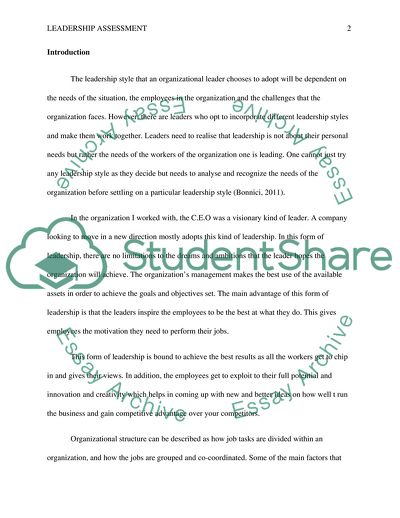Cite this document
(Features of Leadership Assessment Essay Example | Topics and Well Written Essays - 1500 words - 4, n.d.)
Features of Leadership Assessment Essay Example | Topics and Well Written Essays - 1500 words - 4. https://studentshare.org/human-resources/1811348-leadership-assessment
Features of Leadership Assessment Essay Example | Topics and Well Written Essays - 1500 words - 4. https://studentshare.org/human-resources/1811348-leadership-assessment
(Features of Leadership Assessment Essay Example | Topics and Well Written Essays - 1500 Words - 4)
Features of Leadership Assessment Essay Example | Topics and Well Written Essays - 1500 Words - 4. https://studentshare.org/human-resources/1811348-leadership-assessment.
Features of Leadership Assessment Essay Example | Topics and Well Written Essays - 1500 Words - 4. https://studentshare.org/human-resources/1811348-leadership-assessment.
“Features of Leadership Assessment Essay Example | Topics and Well Written Essays - 1500 Words - 4”. https://studentshare.org/human-resources/1811348-leadership-assessment.


